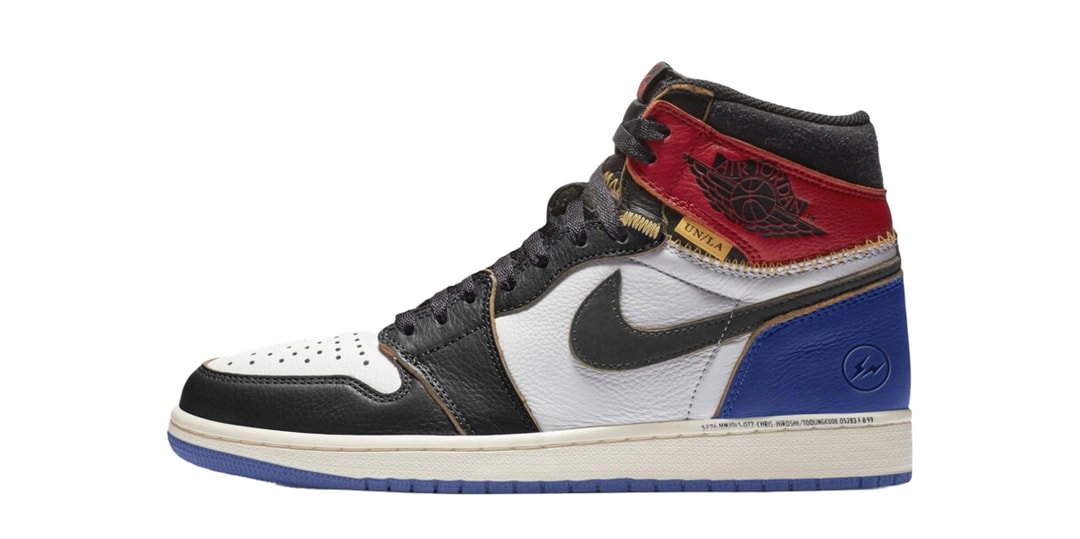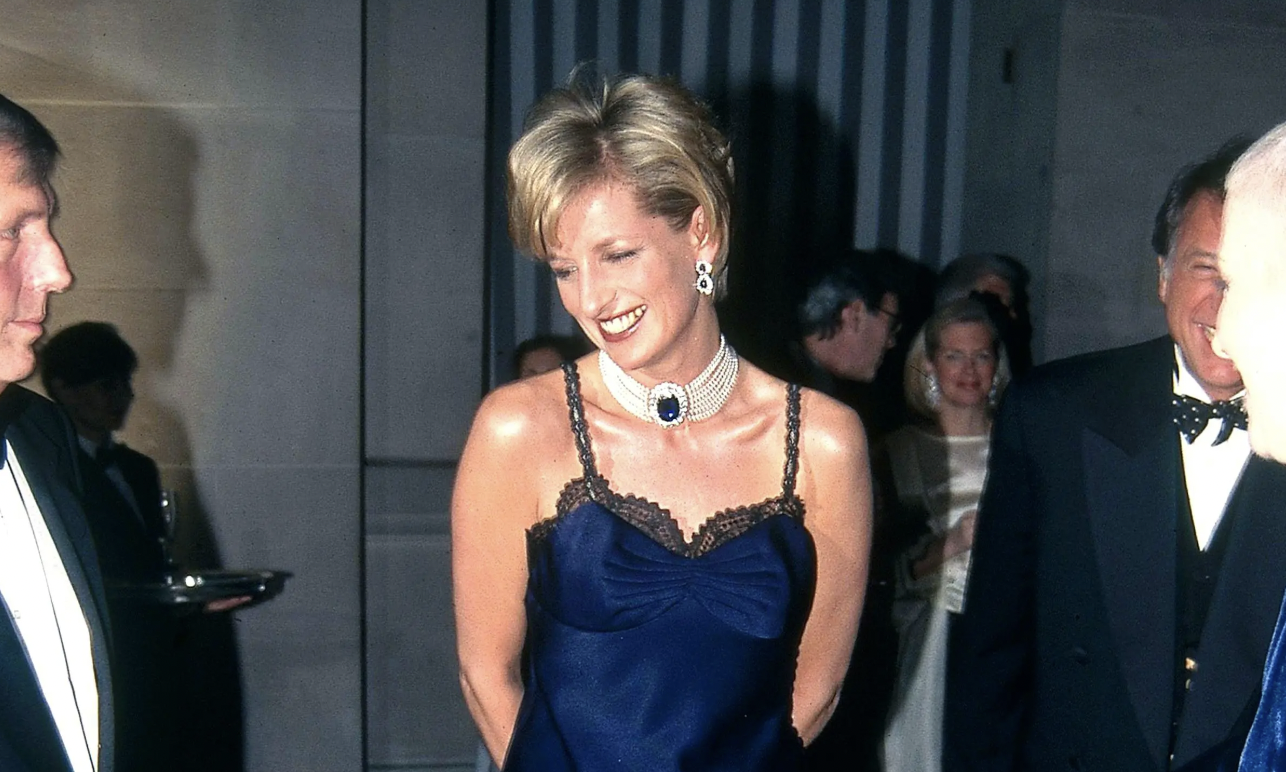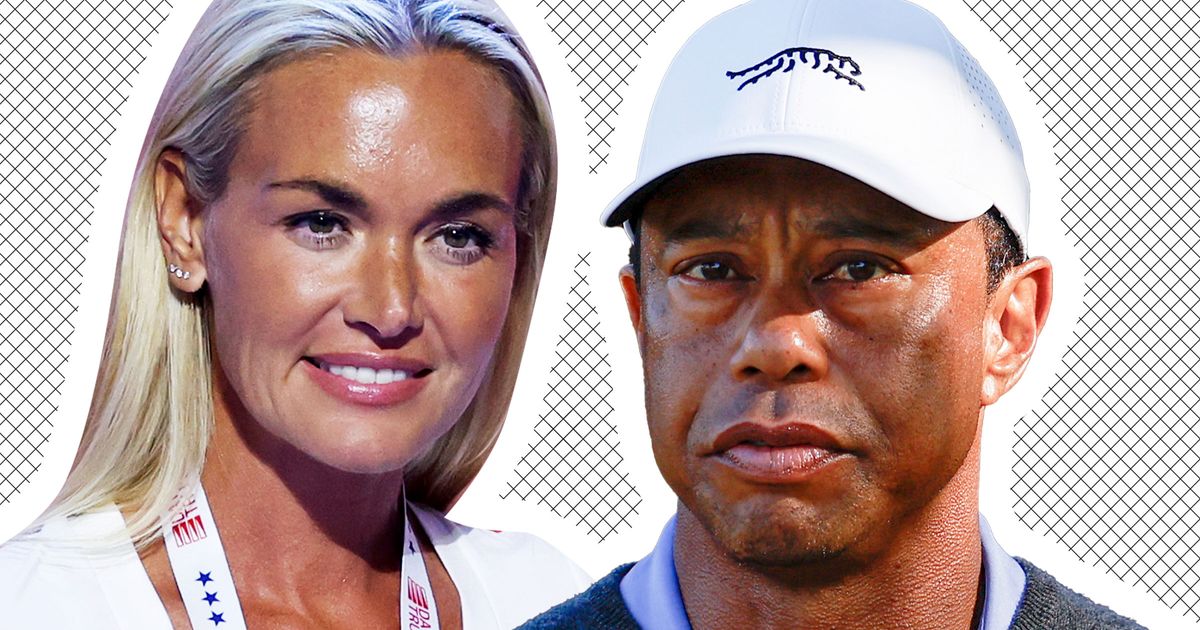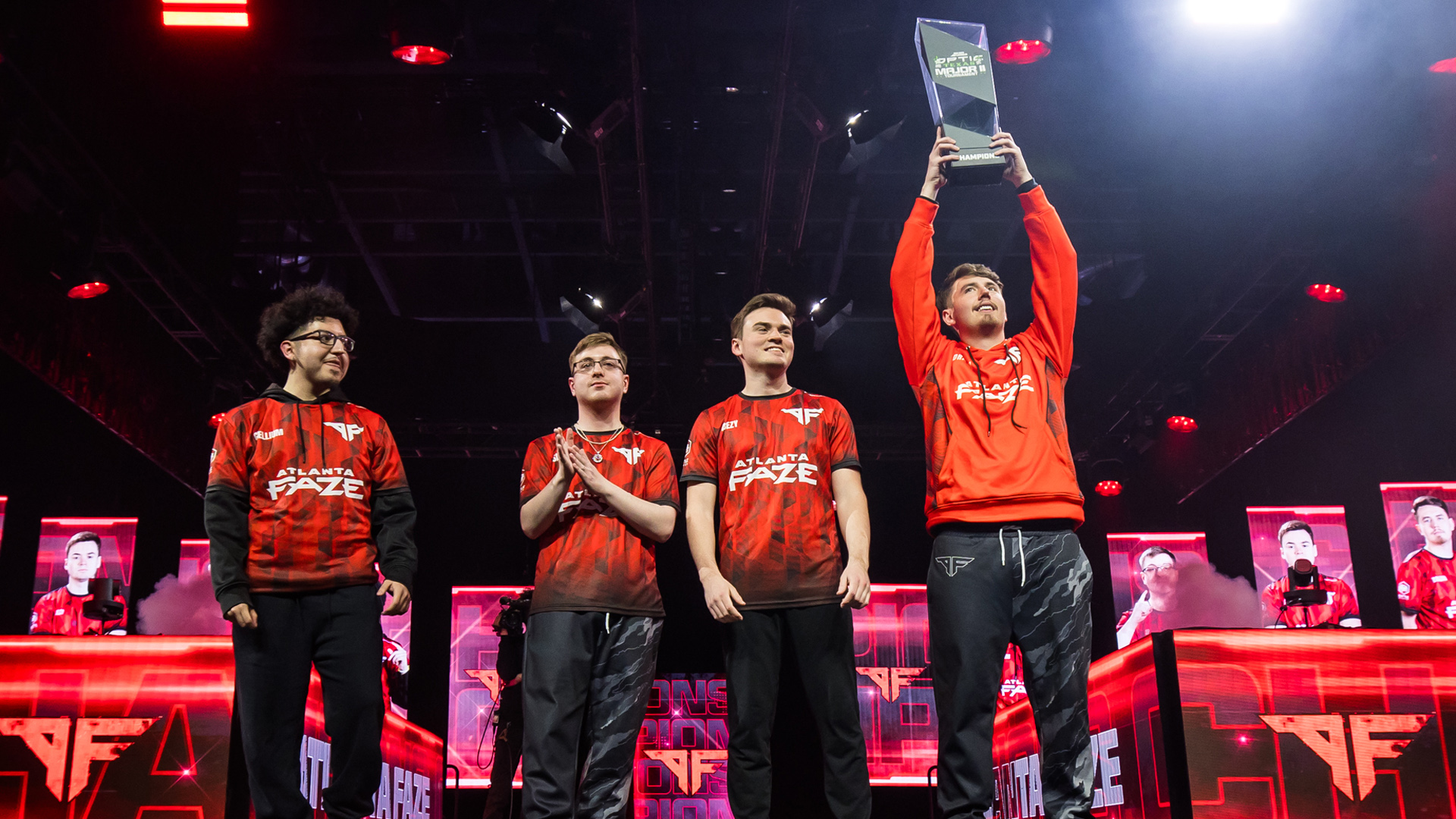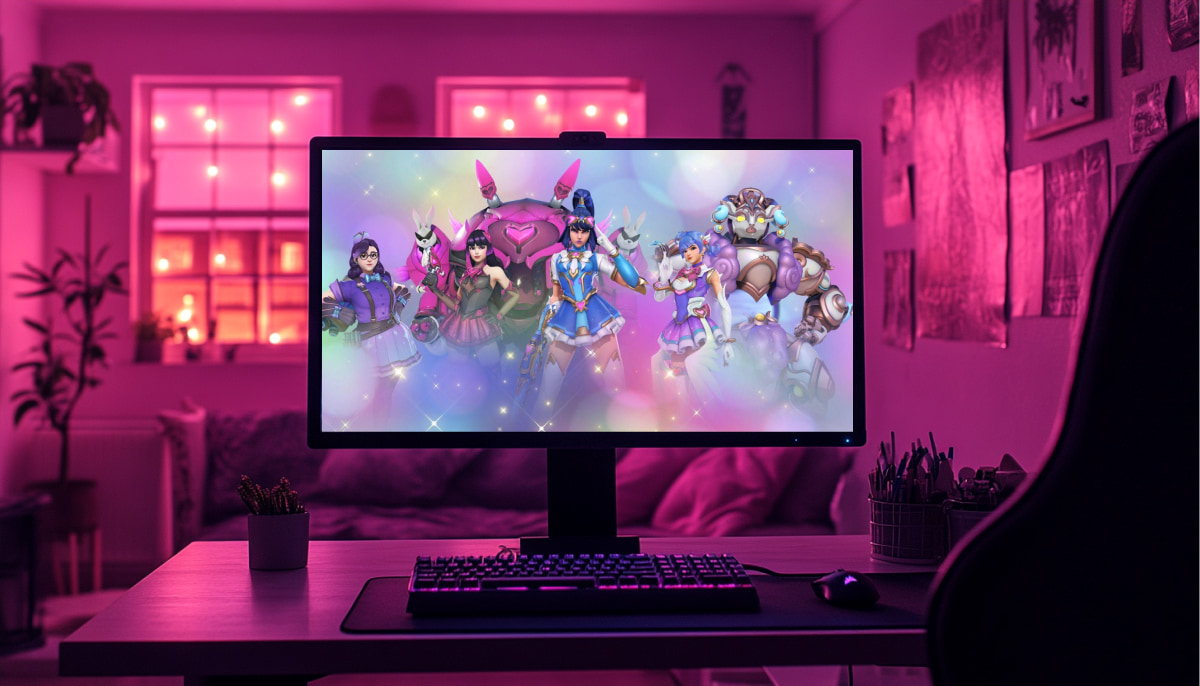How scrims sharpen esports gameplay: Scrimmage dos & don’ts
TL;DR Scrims are practice matches between up-and-coming esports teams designed to develop live gameplay skills. Just like real matches, they’re guided by coaches and led by IGLs – but that’s where the similarities end. An effective scrim leaves room for both sides to experiment, identify areas for improvement, make mistakes, learn from them, and move … Continued The post How scrims sharpen esports gameplay: Scrimmage dos & don’ts appeared first on Esports Insider.


TL;DR
- Scrims are practice matches between up-and-coming esports teams designed to develop live gameplay skills.
- Just like real matches, they’re guided by coaches and led by IGLs – but that’s where the similarities end.
- An effective scrim leaves room for both sides to experiment, identify areas for improvement, make mistakes, learn from them, and move on.
- Scrims have norms and informal rules which every team needs to understand.
Scrims – organized friendlies between esports teams of roughly equal ability – are a great way to improve esprit de corps and develop live-action skill sets. Instead of playing purely to win, the aim is for both sides to get better.
That requires special settings and rules of etiquette that might feel out of place in the heated environment of multiplayer gaming.
How do scrims work, what’s the best way to prepare, and where do you look for suitable matches? Here’s how informal practice play can hone your competitive edge.
What are scrims?
Scrims (e.g., scrimmage matches) have been in the coaching playbook since the dawn of team sport. When the action happens online, however, they take on a different character.
In esports, they work like this: two or more squads of roughly equal ability set up a practice match for learning purposes. Both sides try to win, but the real objective is to gain experience playing as a group.
Some things can’t be learned from simulations alone. Taking on real adversaries together reinforces the human element, improving cohesion and sparking that hardest thing of all to synthesize: group chemistry. The more you do it, the better you get.
Donny Stumpel, owner of Next Level Sports and an esports coaching trainer, says scrims shouldn’t aim to be perfect. He said:
“You want your players to put in the effort and focus on improvement, not get stuck on results and outcomes, whether good or bad, winning or losing the game.”
Knowing how your teammates are likely to react in different gameplay scenarios makes your responses sharper. Coaches and in-game leads (IGLs) can then leverage those finely-honed instincts to maximize competitive advantage when a real match is underway.
How do scrims work?
The point of a scrim is to practice and learn, so it makes sense to focus on something specific: a challenging map, different weapon mixes, a new game strategy, or improving coordination.











































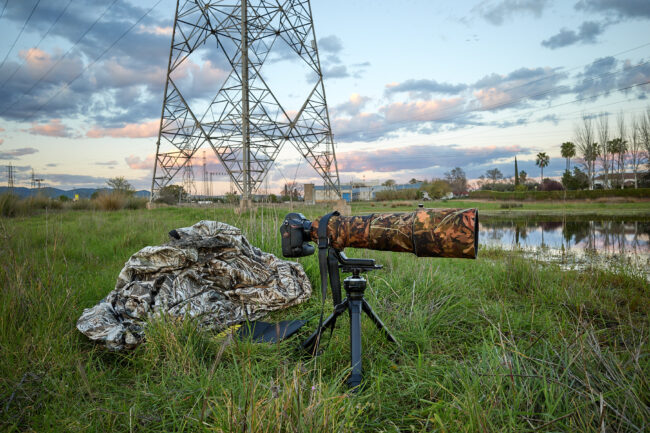
















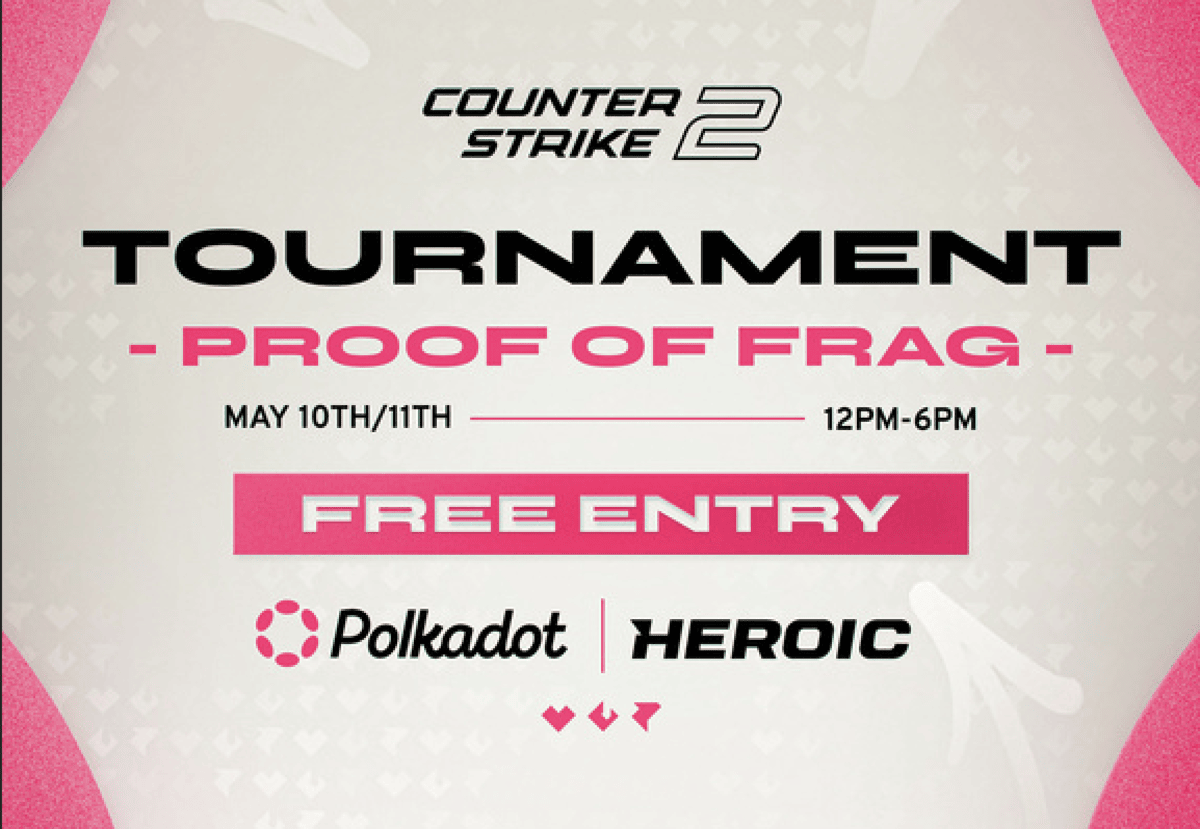
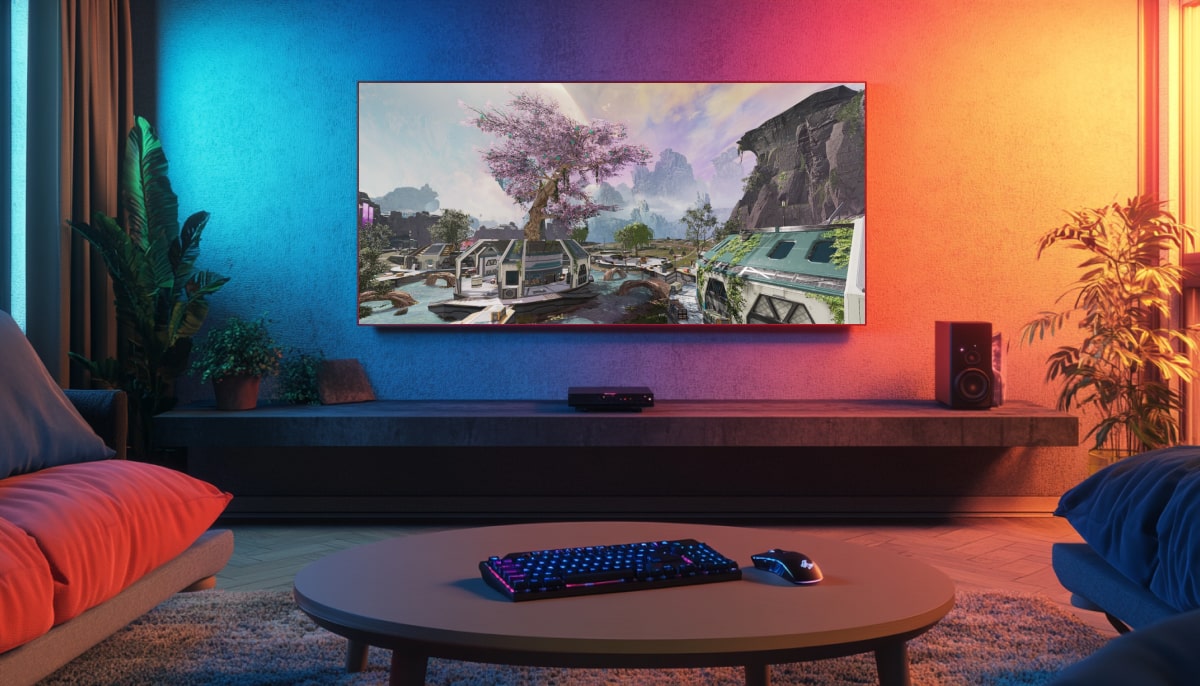










































































/f871ef26-7798-46a2-9db3-fe949a2f050b--2016-0719_okra-couscous-salad_james-ransom-417.jpg?#)































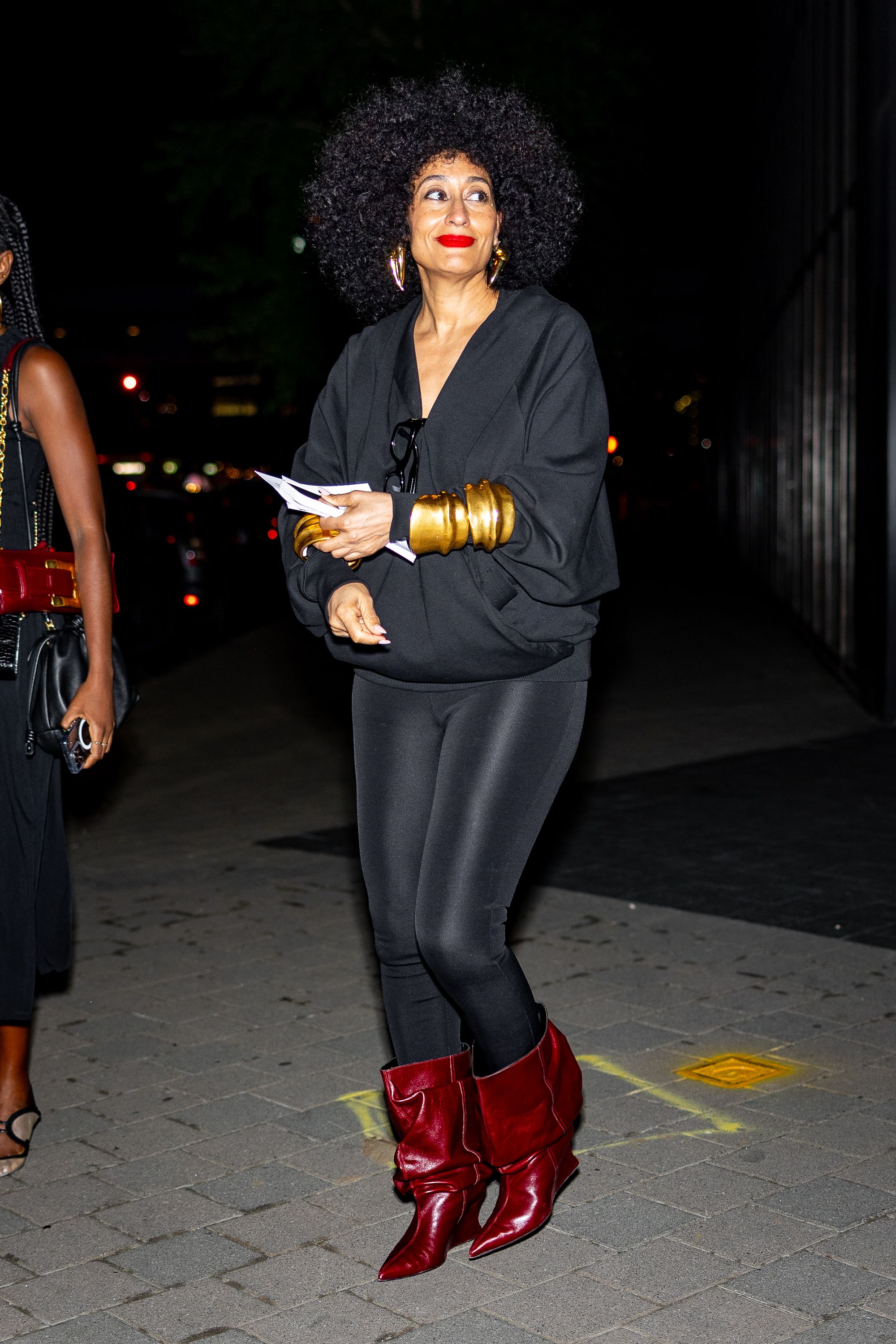





.jpg)



.jpg)

